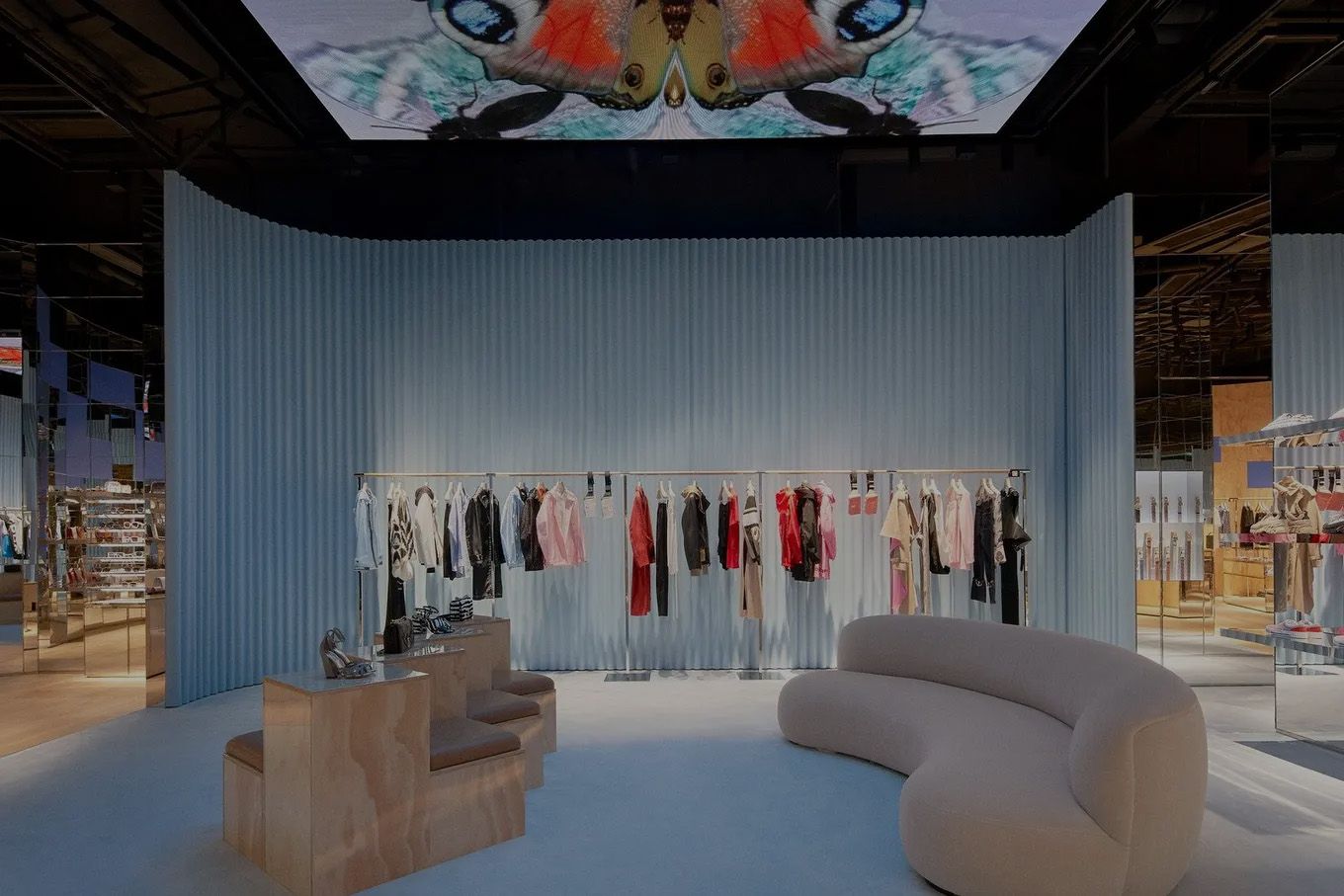In one of the world’s fastest moving markets, ability to quickly adapt strategy is crucial for continued growth in China. The impacts of the outbreak have led to a shift in consumer values for Chinese consumers. In order for a brand to successfully adapt its strategy, it needs to know and understand its consumers.
Brands who were successful at staying in-touch with their customer’s changing values, were able to adapt their strategies quickly, thus enabling them to recover faster in China’s market compared to those that didn’t. Customer-centric elements that were adapted by brands focused on creating meaningful engagement with their consumers both online and offline, creating a stronger overall omni-channel strategy.
Burberry serves as a great example for a foreign brand in China that was able to create success in China over their other operating markets. Actively adapting their strategy to cope with the difficulties in China’s market, led to an uptake in sales boosting overall revenue of sales higher than pre-covid levels by Q3 of 2020; significantly higher than Burberry’s revenue in other markets that were still slowly recovering from the initial impacts of the pandemic.Their strategy focused on three key elements:
- Consumer Engagement
- Seamless Connection to all Sales Channels
- KOL Collaboration
Consumer Engagement
With 60% of offline stores in China closed for the first half of 2020, sales fell significantly. To overcome these challenges, Burberry kept their consumers engaged by offering online shopping appointments with a personal sales clerk. They also increased their efforts to provide an engaging experience online by use of Virtual spaces and pop-up stores. In the spring, they participated in TMall’s SuperBrandDay which resulted in a record breaking 28 million viewers and the highest volume of sales in a single day on the application. The livestream also led to increased appointment requests for personal shopping consultants.
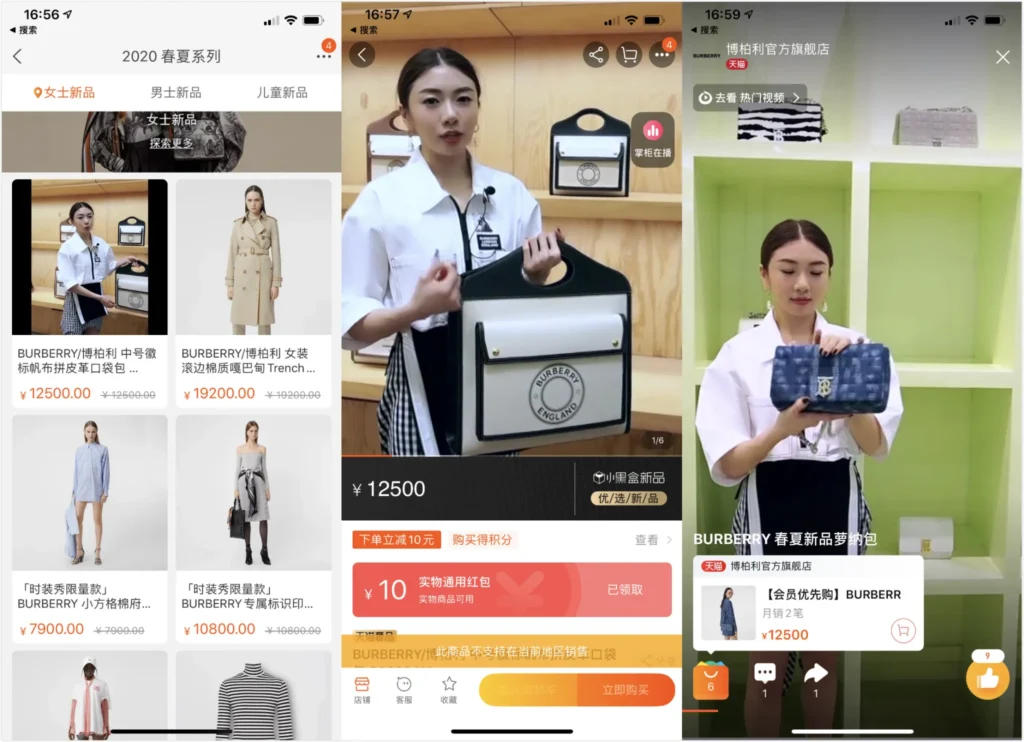
Seamless Connection to all Sales Channels
As policies allowed for the reopening of malls and stores, offline engagement needed a boost. Burberry focused on highlighting new product segments starting with leather goods. New collections were promoted in stores and via pop-up stores. The brand partnered with Tencent to enable consumers to connect their experience online while shopping in person. Their “Social Retail” store in Shenzhen opened in July 2020. The design focused on incorporating interactive technology points to create a ‘social experience’ for their customers.
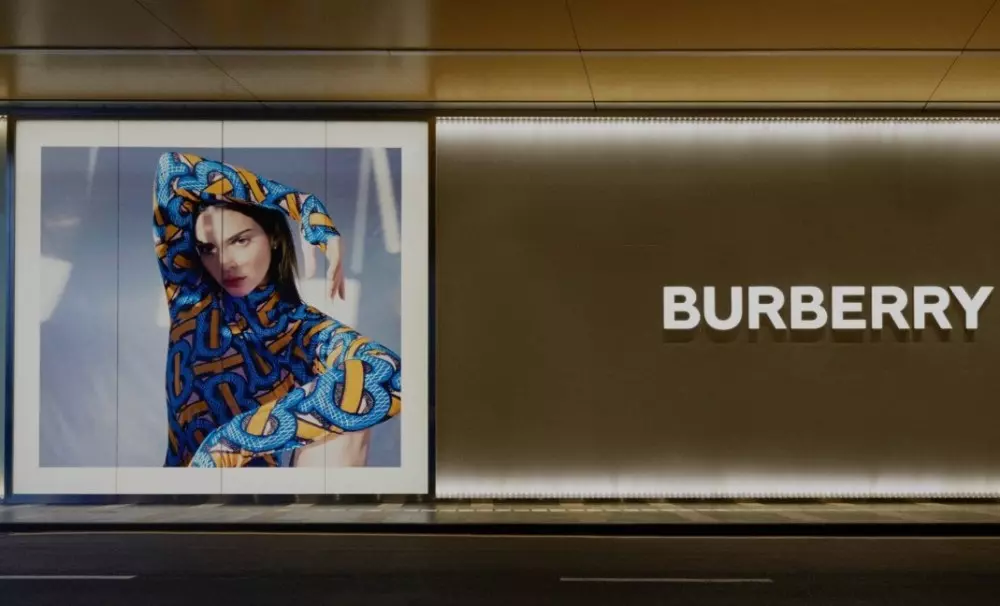
The roughly 540 sqm space is thoughtfully designed to create a slow-shopping experience that allows the guest to engage with the brand and its products, learn more about the brand’s story, and interact with other online touchpoints via their newly created WeChat mini-program. The store consists of 10 rooms in total, each one themed to a different product or other brand elements that tell more about the brand story of Burberry.
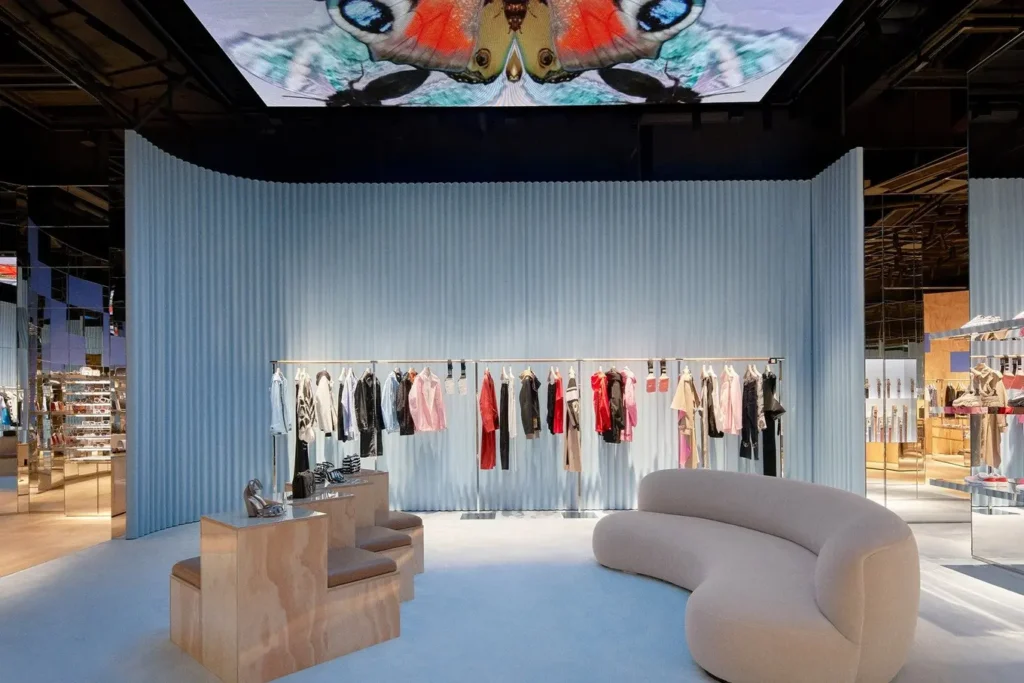
The wechat mini-program was developed as a way to create a more interconnected shopping experience with online channels. Use of the mini-program and its various AI features and other features such as appointment bookings, can only be accessed by guests inside of the store.
In addition to their new “Social Store” and WeChat mini-program, the brand focused on allowing consumers to experience their new leather products in person by creating sustainable pop-up stores. Many retailers focused on getting consumers back into stores after restrictions surrounding the pandemic started to ease up in April, 2020 for Chinese consumers. Festivals, pop-up stores, and other temporary exhibits were thoughtfully made to encourage consumers to come into offline stores again. Safety was maintained by use of temperature checks, health codes, mask mandates, and socially distance experiences. The use of WeChat mini-programs and AR technology also added to the overall experience for guests.
KOL Collaboration
Other collaborations with KOLs helped to promote the launch of new products and create more engagement.Notable actress, Zhou Dongyu, promoted new products through adverts and social media videos on social media. Her brand representation reached more than 100 million consumers and more than 4 million users engaged more actively with Burberry’s channels online.
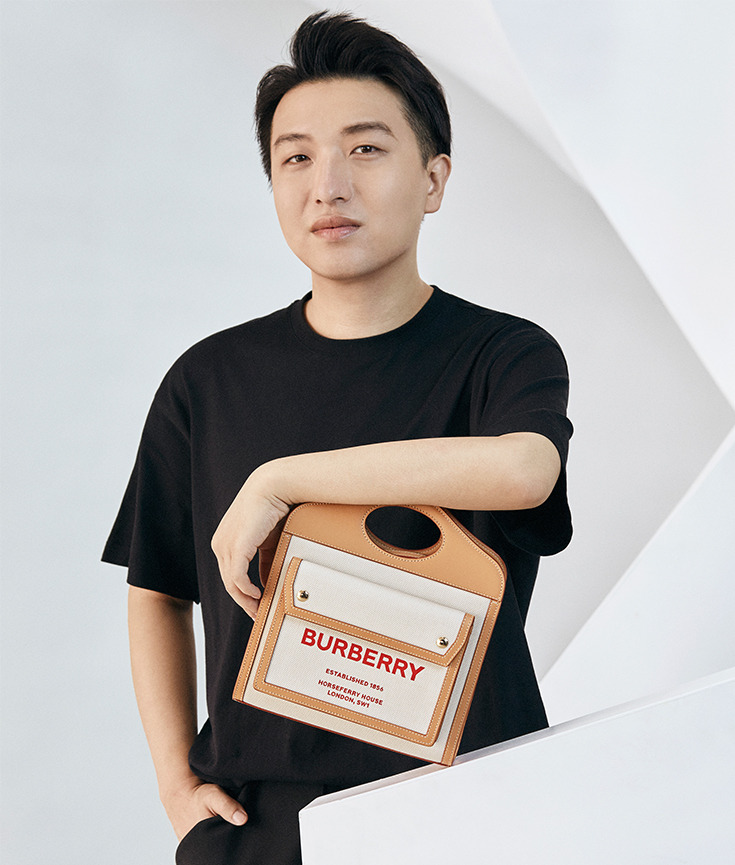
The brand was able to gain further popularity by collaborating with Mr.Bags to create a unique product line to appeal to younger consumers. The fashion influencer has grown in popularity in China after collaborating with other luxury brands and influencing the opinion of handbag trends on social media. The collaboration was well received by consumers, with all of the Mr.Bags designed bags selling out within the first minute of its launch. This was the second successful collaboration between Burberry and Mr.Bags.
Results
By focusing on maintaining the engagement of their consumers, Burberry was able to create growth during a year filled with hardships. Keeping a fine-tuned strategy that puts consumers at the central part of the brand allowed them to strengthen the relationship with their customers. Having a customer-centric focus, drives overall engagement, increases interaction at all points of the consumer’s journey, and creates positive growth of sales.
After reviewing the successful recovery of a foreign-luxury brand in China, part three will take a look at local brands that are putting their customers at the center of their retail strategy. Consumer values shifted in stronger favor of local brands during the course of the pandemic. It’s important for brand managers to understand how local brands are successful in building stronger brand loyalty for local consumers.

